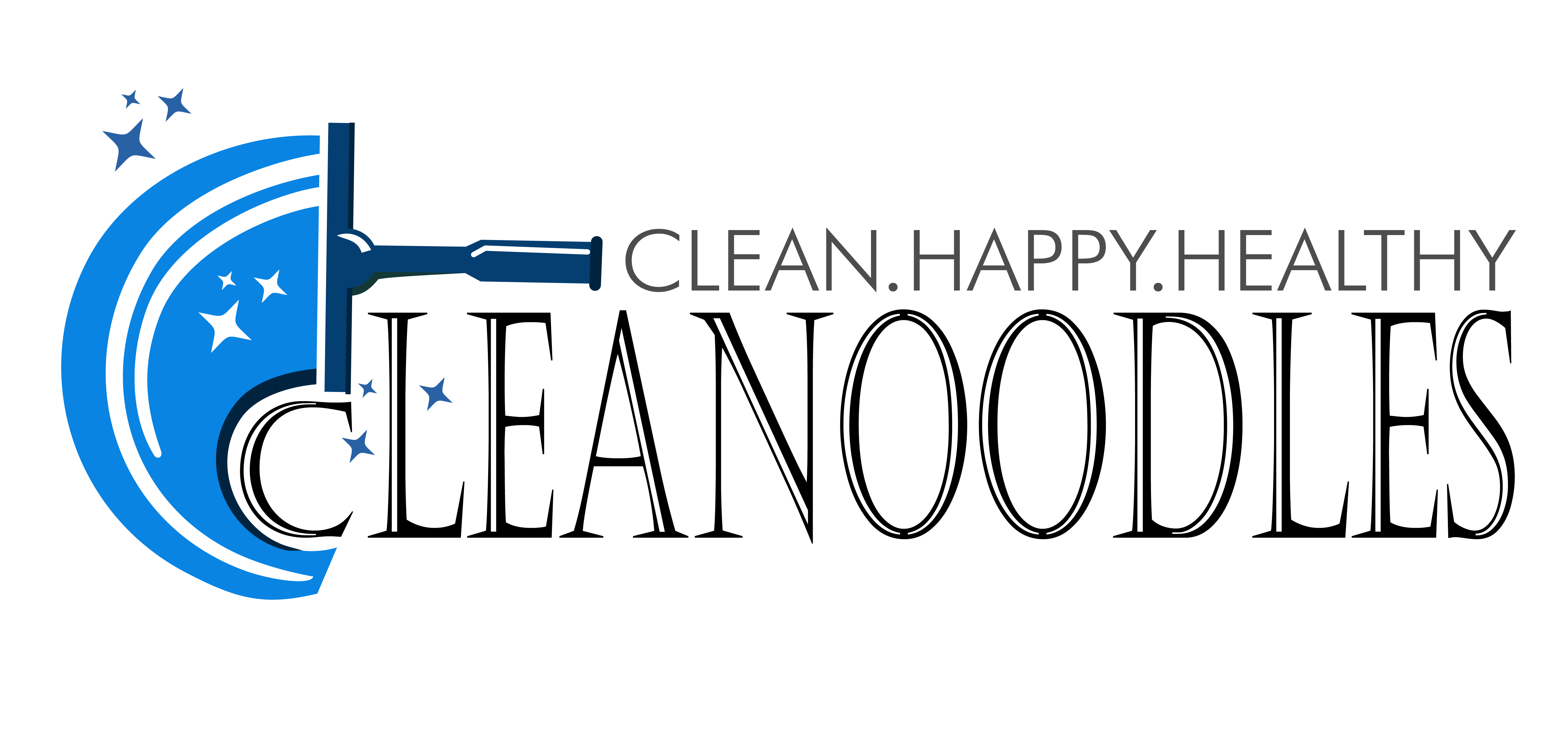The Ocean’s Plastic Problem
While enjoying the soothing sound of crashing waves on the beach, one hardly wants to contemplate the grim reality that the ocean has essentially transformed into a repository of refuse. However, the harsh truth is this: the ocean contains millions of tons of debris, with a significant portion comprising plastic.
The Scale of Plastic Pollution
This continuous influx of plastic waste, equivalent to a staggering 136 billion milk jugs annually, as estimated by a study in the journal Science, poses a grave threat to marine life. Creatures can become ensnared in this refuse or ingest it, either due to a misperception as prey or because the plastic has disintegrated into tiny particles through prolonged contact with seawater.
The Persistent Problem
Plastic poses a particularly formidable predicament due to its non-biodegradable nature, enduring far beyond the lifespan of other types of waste, often persisting for up to 1,000 years or even longer. Furthermore, this issue cannot be solely attributed to individuals disposing of their waste at sea. Approximately 80 percent of marine litter originates on land, either being carried in from the shoreline or transported to rivers from urban areas during heavy rainfall through storm drains and sewer overflows.
How You Can Help
- Reduce Disposable Plastic Use:
A vast majority of the plastic items in our daily lives, such as grocery bags, plastic wraps, disposable cutlery, straws, and coffee cup lids, are used once and then discarded. Take note of your reliance on these products and swap them for reusable alternatives. It only takes a few instances of bringing your bags to the store, using your silverware at the office, or carrying a travel mug to your favorite coffee shop before it becomes a habit.
- Ditch Single-Use Water Bottles:
Each year, close to 20 billion plastic bottles are cast aside. By simply carrying a reusable water flask in your bag, you can eliminate the need to purchase bottled water altogether. Should you harbor any reservations regarding the quality of your regional tap water, consider selecting a bottle equipped with an integrated filtration system.
- Avoid Products with Microbeads:
Those tiny plastic scrubbers commonly found in beauty products like facial scrubs, toothpaste, and body washes may appear harmless, but their small size allows them to slip through water treatment facilities. Regrettably, they can resemble food to some marine animals. Opt for products containing natural exfoliants like oatmeal or salt instead
- Cook at Home:
Preparing your meals is not only healthier but also reduces the need for takeout containers or doggy bags. On occasions when you do order takeout or dine out, inform the establishment that you don’t require plastic cutlery, or take it a step further by bringing your food storage containers for leftovers.
- Embrace Secondhand Shopping:
New toys and electronic gadgets often come with excessive plastic packaging, from challenging-to-open plastic shells to twisty ties. Explore thrift stores, local garage sales, or online listings for items that are just as functional when previously owned. Plus, you’ll save some money in the process.
- Increase Recycling Efforts:
Despite its apparent importance, there remains a considerable journey ahead. To illustrate, a mere fraction, less than 14 percent, of plastic packaging finds itself in the recycling stream. If you find yourself uncertain about what can or cannot undergo recycling, simply inspect the number imprinted on the underside of the container. Most beverage and liquid cleaner bottles are marked as #1 (PET), which is widely accepted by most curbside recycling programs. Containers with labels #2 (HDPE, typically found on heavier-duty bottles for milk, juice, and laundry detergent) and #5 (PP, seen on plastic cutlery, yogurt and margarine tubs, and ketchup bottles) can also be recycled in certain areas. For specific guidelines in your region, consult Earth911.org’s recycling directory.
- Advocate for Plastic Bag Regulations:
Encourage your elected representatives to follow the example of cities like San Francisco, Chicago, and nearly 150 others by introducing or supporting legislation that discourages the use of plastic bags.
- Opt for Bulk Purchases:
Consider the product-to-packaging ratio of items you frequently buy, such as single-serving yogurts or travel-size toiletries. Choose larger containers instead of multiple smaller ones over time.
- Provide Your Garment Bag to the Dry Cleaner:
Invest in a zippered fabric bag and request that your cleaned garments be returned in it rather than being covered in plastic. Additionally, make sure you’re patronizing a dry cleaner that avoids using perchloroethylene (perc), a harmful chemical found in certain cleaning solvents.
- Influence Manufacturers:
While our actions can make a difference, corporations have a much more substantial impact. If you believe that a company can improve its packaging practices, make your voice heard. Write a letter, send a tweet, or, most significantly, support more sustainable competitors with your patronage.
At Cleanoodle, we are dedicated to providing top-notch services to meet all your cleaning and maintenance needs. Whether you require efficient waste removal, professional cleaning services, or expert painting, our team is here to help. To learn more about our commitment to quality and customer satisfaction, visit our About Us page. For a detailed overview of all the services we offer, check out our Services page. If you have any questions or need assistance, don’t hesitate to reach out through our Contact Us page.
FAQs
- How to Dispose of Plastic Bottles at Home?
To dispose of plastic bottles at home, follow these steps:
- Thoroughly clean the bottles.
- Cut them into small, manageable chunks.
- Position the plastic fragments within a metal receptacle.
- Subject the receptacle to an oven preheated to 350°F. It may require a few minutes for the plastic to liquefy.
- Nevertheless, exercise caution as melting plastics can emit noxious fumes when breathed in. Ensure that this procedure is executed within a properly ventilated space.
How to Manage Plastic Disposal Without Pollution?
Plastic has the potential to undergo decomposition into smaller molecules via a procedure termed pyrolysis. These diminutive molecules can subsequently be harnessed for the production of fresh goods or fuels. However, it’s worth noting that pyrolysis, to be conducted in an environmentally considerate fashion, demands both specialized equipment and a depth of expertise to mitigate emissions effectively.
How can we reduce plastic bottles and bags?
- Use Reusable Bags Decrease your reliance on disposable shopping bags by opting for reusable bags or containers when you shop.
- Reuse Plastic Bags: Give old plastic bags a second life by using them for multiple shopping trips.
- Repurpose Plastic Bags: Transform plastic bags into trash liners or pet waste bags to extend their usefulness.
- Decline Unnecessary Bags: Refuse a bag for items that are easy to carry without one.
- Consider Bulk Purchases: When possible, buy products in bulk to minimize packaging waste.
How can we stop using plastic water bottles?
Eliminating the Use of Plastic Water Bottles:
- Switch to Reusable Bottles: Replace disposable plastic water bottles with reusable one. Instead of buying and discarding multiple bottles throughout the day, simply refill your reusable bottle.


